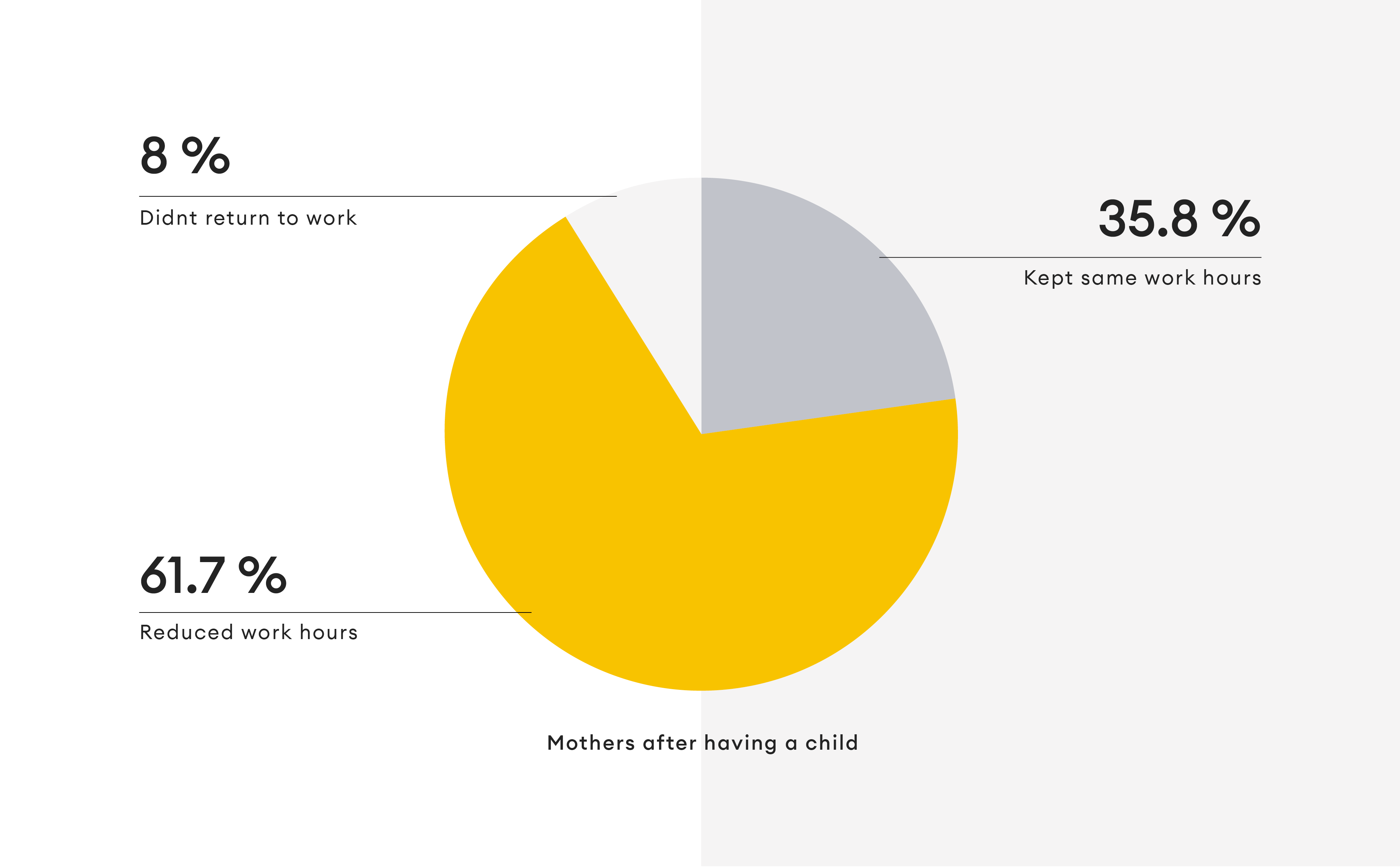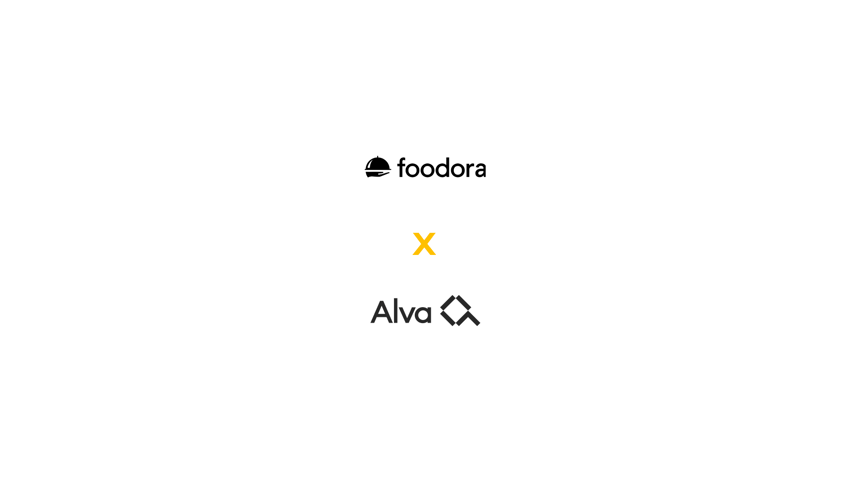Nikky’s right: in 2017, the UK government found that people from Black, Asian, Mixed Race and ethnically diverse backgrounds were underemployed, underpromoted and under-represented at senior levels.
There’s no one-size fits all solution, so here are 7 ideas for nurturing and retaining diverse employees.
The effects of poor diversity on GDP
Gross Domestic Product is the commonly accepted model of understanding a country’s economy. It’s affected by everything from employment rates, the effect of weather, and changes such as covid. And, it’s affected by diversity (or lack of it).
The UK’s McGregor-Smith review found that “The potential benefit to the UK economy from full representation of BME individuals across the labour market, through improved participation and progression, is estimated to be £24 billion a year, which represents 1.3% of GDP”.
Global economic impacts of diversity
- £1 billion every year - the loss of female talent to cost the UK economy
- $3.6 billion - the amount “GDP [in France] could jump 1.5 percent over the next 20 years … by reducing racial gaps in access to employment, work hours, and education”
- $2.7 trillion - income [is] lost because of disparities in wages suffered by African Americans
Pew Research Center report that Gen Z comprises 48% non-white people. To ensure that everyone feels comfortable coming to work with us, we need to pause, look at our own organisations to build employee retention strategies that will work, and ask: are we truly making diverse groups of people welcome? Can they see evidence that a career with you means a career with transparent progression, mentoring and leadership strategies?

Are we ensuring the health of our people and our businesses? Is my business a place where everyone knows that they will be heard, protected, prepared, supported, cared for and honoured?
1. Language matters in the workplace
Language matters in the workplace, says Nikky: “As women in the world of work, we’ve always had to be careful about what we say and we’ve had to laugh at sexist and misogynistic ‘jokes’ just to keep the peace. So, ask yourself: do I need to say that ‘thing’ - is the ‘joke’ really funny?” To the person who is on the receiving end of the joke, that ‘joke’ may well be a microaggression.
The effect? Microagressions have been found to lead to an increase in rates of depression and suicidal ideation (suicidal thoughts without a plan).
How to change language, for good
“Get used to having difficult conversations” counsels Nikky. “Change needs to come from leadership; if you’re holding diversity training and leaders are rolling their eyes, no-one else is going to engage.” Researchers Julia Bourke and Andrea Titus echo the emphasis on leadership modelling and iterating: “It takes energy and deliberate effort to create an inclusive culture, and that starts with leaders paying much more attention to what they say and do on a daily basis and making adjustments as necessary.”
Generally speaking, the fastest way to alter behaviours is to reinforce the positive ones. So make sure to give plenty of great feedback to the managers that actually are interested and lift them up as great examples.
2. Reverse Mentoring as a strategy to retain diverse talent
Senior Leadership is still dominantly pale, male and stale. To pave the way for a more diverse leadership, Sam Joukhadar, Global Head of Talent Acquisition at SEB, uses Reverse Mentoring as one of his top 5 tips to retain diverse talent.
What does reverse mentoring mean?
Started by GE executive Jack Welch as a response to leadership’s lack of tech skills, reverse mentoring is a two way process, where leadership learns about modern realities from junior staff that, because of their more insulated lives, they are less likely to have encountered. In return, junior staff receive mentoring from senior leaders.
Reverse mentoring can also be used to increase understanding of the challenges of life as a minority group. Business in the Community state that “Being reverse mentored improves one’s confidence to understand and discuss the issues through building awareness about experiences and barriers faced by Black, Asian, Mixed Race and other ethnically diverse colleagues.” Senior leaders can take insights and knowledge from diverse staff and apply those learnings and insights on a top-down level, opening the doors for diverse leadership.
How to make your reverse mentoring programme work
Reverse mentoring can be a powerful tool. However, you need to have the right psychological safety and culture to make this tactic a success: senior stakeholders must be well placed to be ready to listen and honour the junior. Additionally, senior leaders must genuinely mentor the junior - having the right skills that the junior needs, making time for them and genuinely being interested in their career. If mentoring is new to your organisation, seek out a specialist.
3. Increase transparency in promotions to retain talent
It is not just about training and language. When it comes to promotions, most companies are simply not doing a good enough job yet. Gallup report that 87% of Millennials want feedback at work, and seek out employers who can demonstrate transparent paths to success; as such, it’s a powerful tool to retain employees.
Fortune has favoured the loudest
Sadly, promotions have a history of favouring the loudest - and in many companies, says Nikky, it’s still a problem affecting diverse groups: “In the UK, we have a boozy work culture. So, when it’s time for promotions, the thought process might be ‘Yeah, Dave - remember him? - he’s great!’ Dave is thought of as fun because loves going to the pub, and his lifestyle allows him to go to the pub.”
This culture locks out people who have to rush home for childcare (usually women), and people who don’t feel comfortable drinking, precluding many people of faith, or just anyone who doesn’t like drinking, from thriving. It’s a classic example of halo effect for Dave, and horn effect for everyone who isn’t seen as ‘fun’ or ‘one of the gang’.
Evidence, standardise, invest
- In your career and recruitment marketing demonstrate how you invest in your people in terms of mentoring, coaching and training
- Make managers and staff aware about the Halo and Horns effect and use that knowledge as motivation to create a more standardized process
- Standardise annual promotion and pay raises
- Begin a policy of advertising for internal vacancies, requiring interested parties to apply, and assess their applications on potential to open up the talent pool
4. Microagressions damage the concept of professionalism
Some studies find only 14% of employees find performance reviews to be useful. As part of reviews, we are assessing our people, and part of that equation is: are they professional enough to keep growing up the ladder?
But, who is deemed ‘professional’ is an assessment process that’s culturally biased and skewed. The World Economic Forum report that Black women who wear their hair naturally face discrimination: one study from the UK found that 93% of Black people have faced microaggressions related to their hair.
Some employers such as Unilever and the US Postal Service have changed company policies to safeguard Black employee’s right to wear their hair naturally.
- Look at your promotion stats: are you hiring entry-level People of Colour, but seeing a white senior level?
- Be honest: when you think about a professional person, what do they look like? What are they wearing?
Rethink what means professional
Look at your records and stats and be willing to see patterns that make for uncomfortable reading.
Performance reviews and promotions should be based on evidence and their potential, allowing a person’s weaknesses to be addressed objectively with strategies to support growth, and their strengths and achievements to be seen, measured and celebrated.
5. Presenteeism and promotions
Presenteeism is another factor in losing talent; the UK’s Office of National Statistics (ONS) have found that people who work from home are 50% less likely to receive a promotion. That's right - 50%.
Even when the ONS controlled for age, job role, level of responsibility and even for gender, people who work predominantly from home (WFH) are 50% less likely to receive a promotion. When people returned to full time office work, their likelihood of receiving a promotion returned to the mean. Women comprise roughly 46% of the working population, and so are disproportionately likely to be affected by being, essentially, forgotten.
So out of sight, out of mind is a huge problems when we think about staff retention strategies. As we rarely get to say here at Alva: correlation is, in this case, causation.
See, understand and value WFH and hybrid staff
- Measure, measure, measure
- Make sure that managers are truly integrating their WFH and hybrid team members
- Have a look at your stats - are people who WFH losing momentum?
- If they are, how can you get WFH team members back on track, and how can you prevent similar problems in the future?
6. Wellbeing and retention
Rachael Twumasi-Corson is the CEO & Founder of Afrocentrix, a scale-up making exceptional products for coily hair. Rachel notes that, “when it comes to retention, clarity goes a long way. It's great if your people know that you care, but that's just the start. Don't leave them to rely on your goodwill: record things in writing.
Have a clear mental health policy and handbook outlining your perks and your commitment to health and wellbeing; include your policy on important matters such as sick leave and parental leave. Confirming your commitment to your people’s wellbeing goes a long way to creating psychological safety and encouraging people to put down roots at your company.”

Create flexible leave policies
Wellbeing includes time off; flexible leave is a new idea that seeks to reflect that the people in your teams might have different holidays that they want to share with their loved ones. By allowing your people to have some choice over public holidays, you’re respecting the times and memories that are precious. Of course there may be times where all hands are needed; but, where flexibility can be offered, is it really important that everyone takes Christmas day off?
7. Stop hiring for years of experience and start hiring for potential
In the UK, childcare is prohibitively expensive. Advocacy group Pregnant then Screwed report that “almost two-thirds (61.7%) of those [mothers] that return to work either work fewer hours, have changed jobs or stopped working due to child care costs (8% do not work due to the cost of child care).”

Part-time work, or taking breaks, is known to limit the ability to progress professionally. This is more often a problem for women, who, for are more likely to take professional career breaks for caring responsibilities. Women face many barriers at work, with researchers Researchers Ruchika Tulshyan and Jodi-Ann Bury contesting the much-used term, “imposter syndrome”. All women, but especially women of colour, face systemic barriers to achieve success in their careers - with this perception being particularly limiting. So, lets’s stop ‘helping women’ and start tackling the structures that are stopping women from thriving.
PwC report that this is a problem because there’s a “perception among recruiters and employers that having a gap in their CV is automatically associated with a deterioration in skills”. Even if skills have been lost, someone with potential can learn quickly, and, when they’ve benefited from your guidance and mentoring, they are more likely, as Rachael says, to put down roots with you.
Widen the talent pool and increase diversity
- Stop asking for years of experience (or cut them in half)
- Don’t penalise candidates for taking a career break
- Hire for core skills
- Work with a partner who can help you hire for potential
People of Colour, LGBTQIA+ groups and women all face disproportionate barriers to thriving at work, take on challenging duties and earn the economic benefits of leadership work. None of us will have the right answer, today - we know we don’t. We aren’t actioning everything on this blog, but researching it is helping me to know my next steps (floating leave and reverse mentoring, since you ask!).
As Nikky says, “when we think about hiring, we need to shift our thinking from stopping the wrong person getting the job, to opening up opportunities. Finding "the right person for the job" sometimes means we’re just choosing the person who has had the easier ride, because their life hasn't been fraught with systemic barriers. We can change this narrative by hiring for potential, not by what opportunities someone’s had.”
When we focus on hiring for potential, we allow talent pools to include diverse candidates; we also give ourselves the information we need to sustain and develop those candidates, as we know how to help them to thrive. Knowledge is power, so hire for potential, and help every person to thrive, one step at a time.
8. Quick dos and dont’s
Do:
- Instigate reverse mentoring
- Start floating leave
- Use ‘stay’ interviews, to catch drift
- Use evidence for promotions and pay rises
- Understand how to help WFH people to achieve parity
- Educate yourself on racism, homophobia, transphobia and agism
- Communicate awareness of the problems in your company, and how you are prioritising work on racism, homophobia, misogyny, agism and more
Don't
- Leave it to anti-bias courses and hope for the best
- Continue to prioritise CiS-het white men
- Don’t ask minority groups to hold the space for your white shame. Educate yourself and start making proactive steps to create equity
- Don’t ask minority groups to facilitate unpaid ‘lunch & learn’ sessions: just because they are a minority group does not mean they feel comfortable speaking; additionally, their job is not to inform you: your job is to educate yourself






